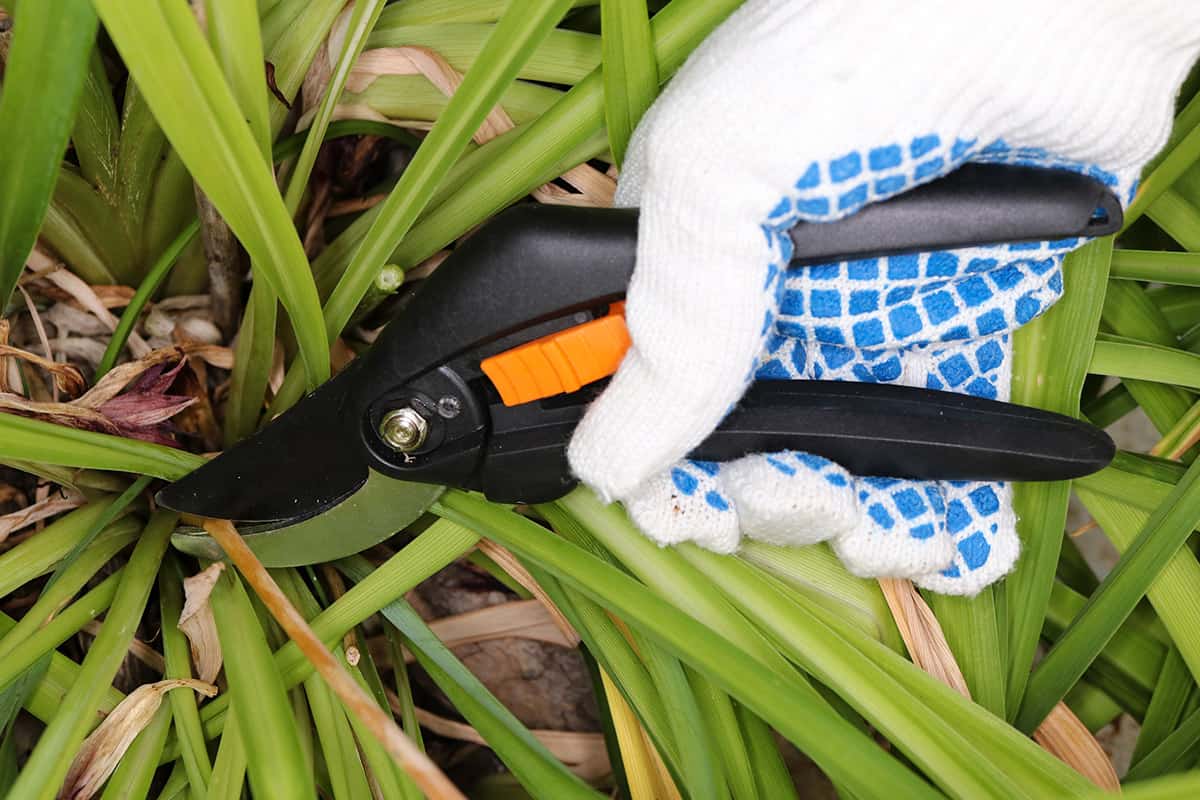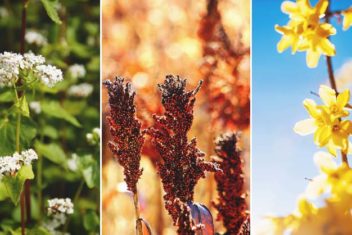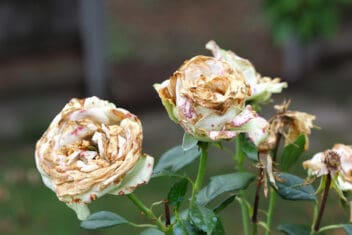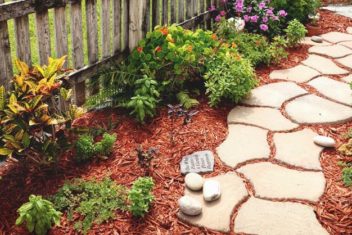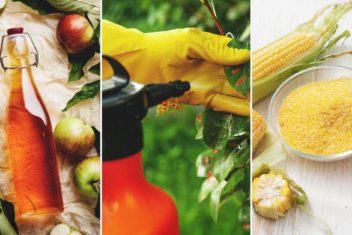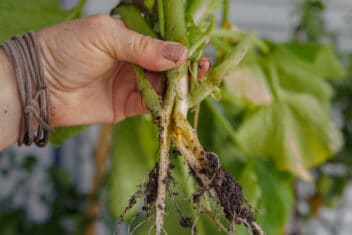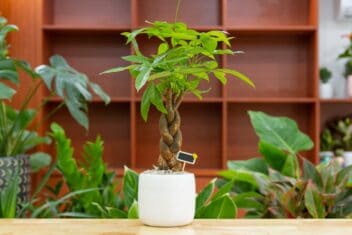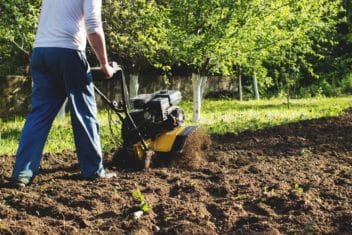You might balk at the idea of taking snips or shears to your beloved plants, but cutting them back in the fall is actually a good thing. It improves the health of the plant and can improve yields or flowering. But not all perennials should be cut back.
Cutting certain plants in the fall could even ruin next year’s crop or blossoms!
Read on to discover why it’s important to cut back certain perennial species, as well as tips on how to do so.
Why is it Important to Cut Back Perennials?
Cutting back perennials isn’t absolutely vital, but it’s good for their overall health. Additionally, pruning them back once they’ve finished the year’s growth cycle can keep your garden looking beautiful too.
Perennial plants grow back year after year, but that doesn’t mean that their annual growth will stick around through all seasons. Even the evergreen ones will grow foliage, flower, and then drop old-growth and spent blossoms. As you can imagine, this means that they’ll accumulate decaying debris all around them.
Furthermore, bits that haven’t dropped off but start to rot on the stems can infect the plant right down to root level. As you can imagine, this won’t do good things for your garden’s well-being. Keep your perennials well-trimmed and they’ll be sure to keep growing back bigger and healthier annually for years to come.
Here’s what you’ll need:
- Clean, sharp garden snips and/or pruning shears
- Rubbing alcohol wipes or a 1:10 mix of bleach and water for cleaning your snips while you’re working
- Gardening gloves (some species exude sap that can irritate skin)
- A basket or pail to collect detritus for the compost heap or burn pile
Vegetables and Edible Flowers
If you want the following edible perennials to thrive, you definitely want to cut them back this fall.
Daylilies
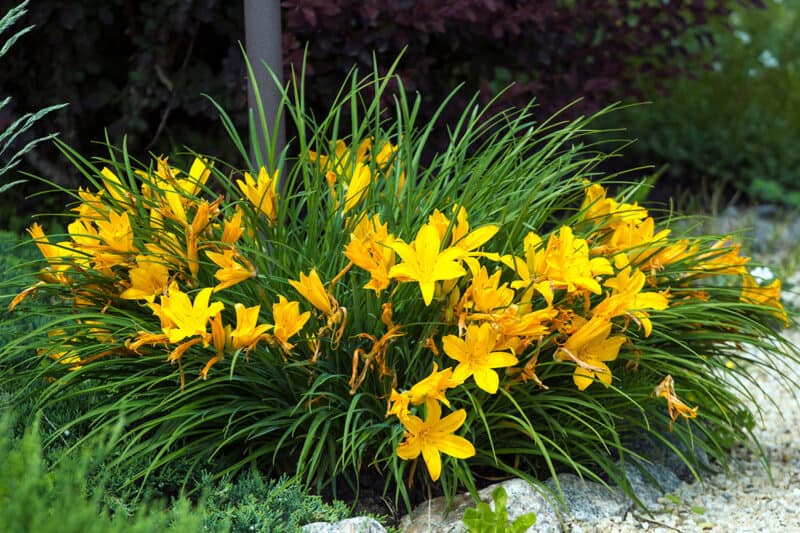
Beautiful (and delicious!) daylilies (Hemerocallis spp.) do much better annually when you cut them back in the fall. Once they’ve finished flowering in mid September or so, cut them back to a couple of inches above soil level. Mulch to protect them over the winter, and they’ll leap into action again when the warm weather returns.
Bronze Fennel
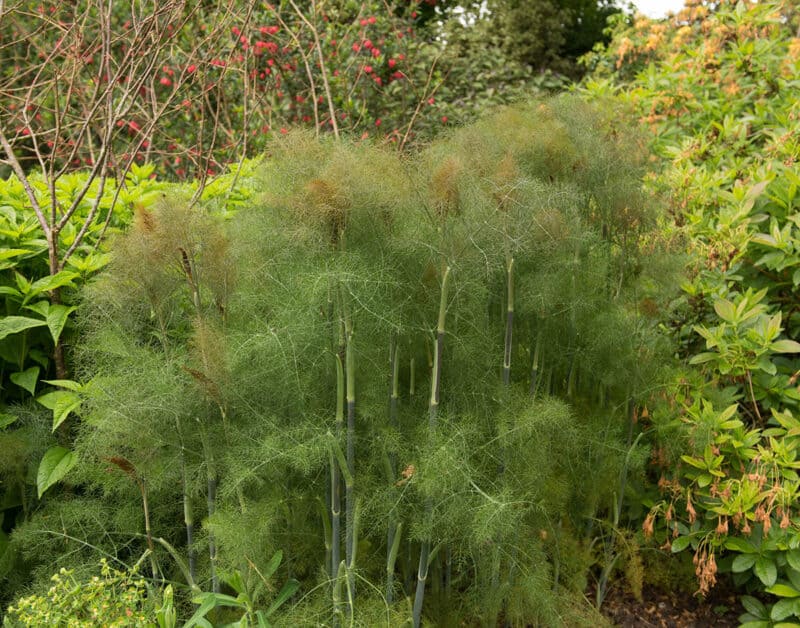
This plant (Foeniculum vulgare) is grown for both decorative and edible purposes. It’s also a favorite food source for swallowtail butterfly caterpillars. They will often strip the plant entirely by the fall, but if they haven’t, cut it right back to the soil level.
Hostas
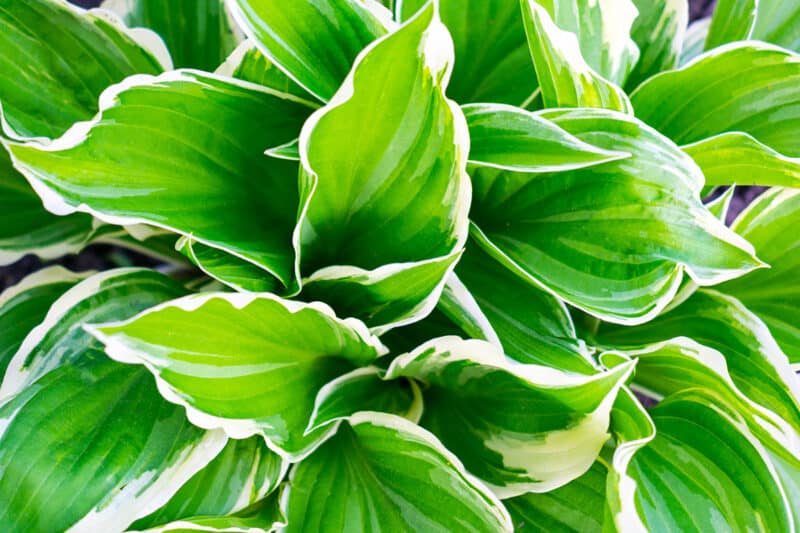
If you haven’t eaten all of your hostas (hosta spp.) by the time the first frost rolls around – yes, they’re edible – get your snips out. Cut these back to 6 inches above soil level, and remove any fallen detritus. You can compost this, burn it, or pack it into yard waste bags for local pick-up.
Chrysanthemums
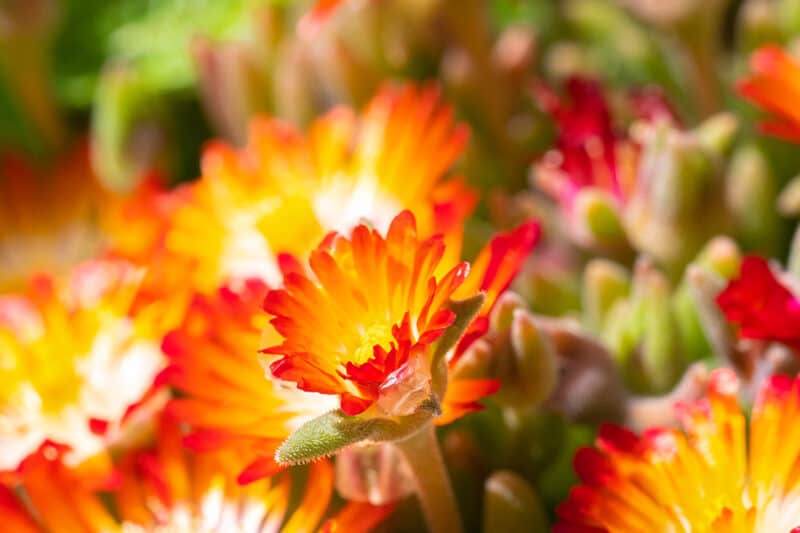
Although many people grow ‘mums decoratively, these plants are edible as well. In fact, many people grow fragrant, delicious cultivars such as Chrysanthemum morifolium and Chrysanthemum indicum specifically for tea. Additionally, garland chrysanthemum greens (Chrysanthemum coronaria) are popular in many Asian dishes.
Regardless of the species you’re growing, cut them back to about 5 or 6 inches above soil level. Then mulch around them to protect their roots from winter’s chill.
Perennial Sunflowers
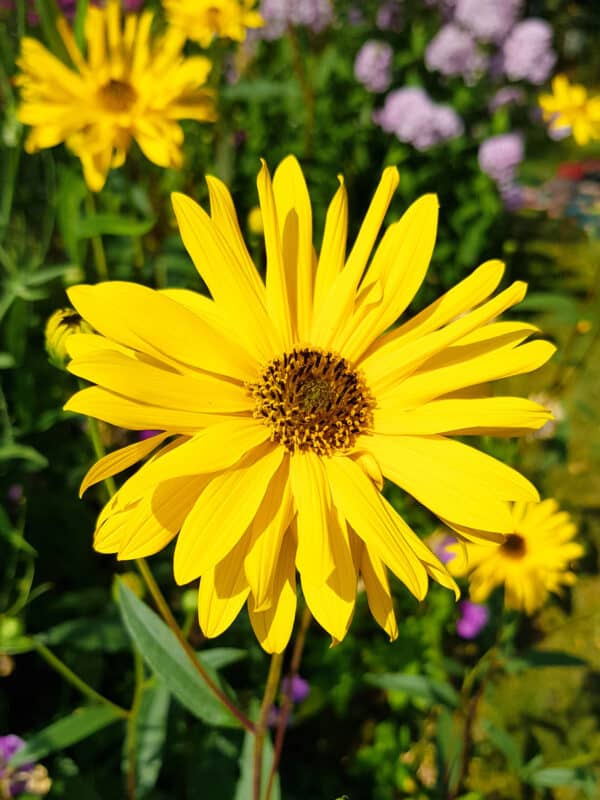
While most sunflowers are annuals, Helianthus x laetiflorus and H. salicifolium keep coming back year after year. After you’ve cut their heads off to harvest their seeds, however, those tall stalks will just keep waving around. Furthermore, those canes will seem very attractive to less-than-lovely insects looking for winter shelter.
Cut them down to soil level and either compost or burn the canes. Alternatively, if you’re feeling ambitious and the canes are super sturdy, you can try using them to make some woven fish basket traps.
Waste not want not!
Jerusalem Artichokes
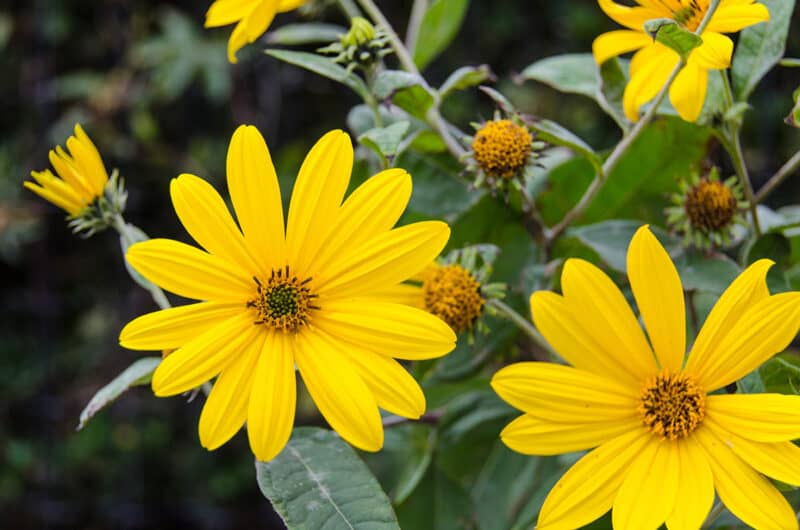
Much like their perennial sunflower cousins above, sunchokes (Helianthus tuberosus) develop massive canes that need to be cut down to soil level after the growing season is over. After you’ve done that, you can collect their tuberous roots to make delicious soups and roasts.
Burn or compost the canes, and mulch the root areas with straw to overwinter them.
Medicinal and Culinary Herbs and Flowers
For some reason, lots of people forget to cut back perennials in the herb category. But your oregano and chives will do much better if you give them the hard snip!
Bee Balm
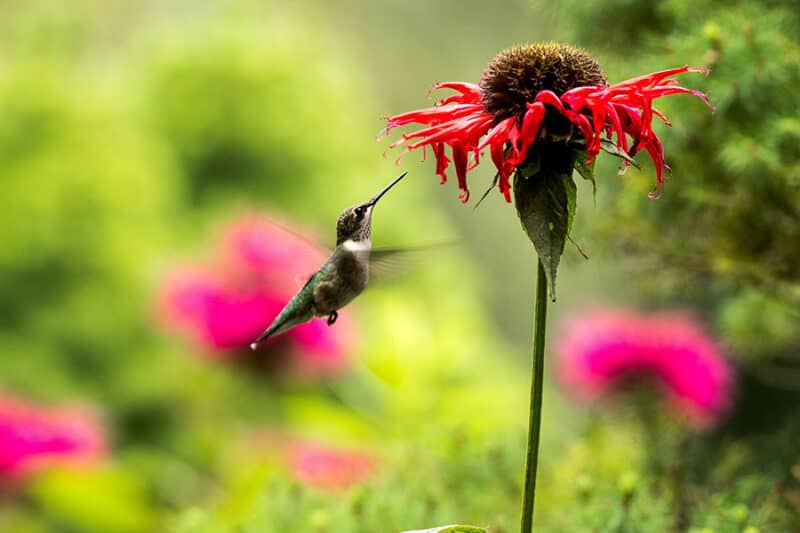
These beauties (Monarda spp.) are known for attracting hummingbirds, butterflies, bees, and other native pollinators. They’re also powerful medicinal plants that are vital for anyone’s healing garden.
Once you’ve harvested yours, cut the stems right down to soil level. If there’s any hint of mildew on the stems, burn them instead of adding them to your compost heap. Then treat the surrounding soil with an organic fungicide so the pathogen doesn’t spread during the winter months.
Catnip
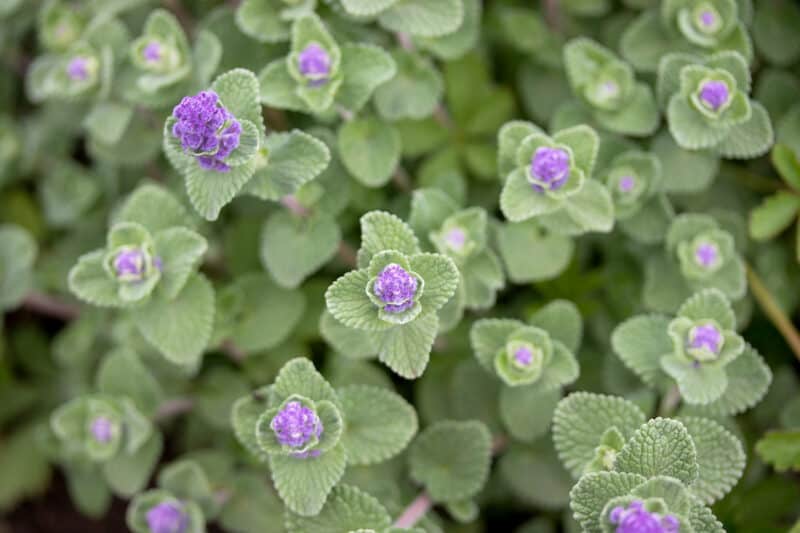
Nepeta cataria, a lovely member of the mint family, does best if it’s cut back to about 2 inches from soil level before the first frost hits. Otherwise, its fleshy leaves and any remaining flowers will dissolve into an unpleasant mush when the cold snap hits them.
Oregano
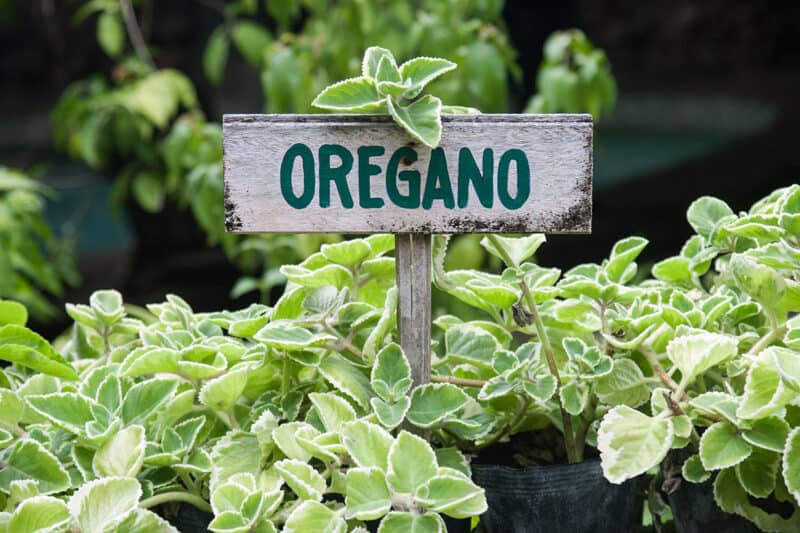
While oregano (Origanum vulgare) is hardier than its catnip cousin, it also does best when it’s trimmed back enthusiastically before autumn really settles in. Its flavor and fragrance will dissipate significantly after flowering. Once the bees have done with it, cut it back to 2 inches or so above soil level. You don’t need to mulch it unless you’re in growing zone 3 or below.
Chives
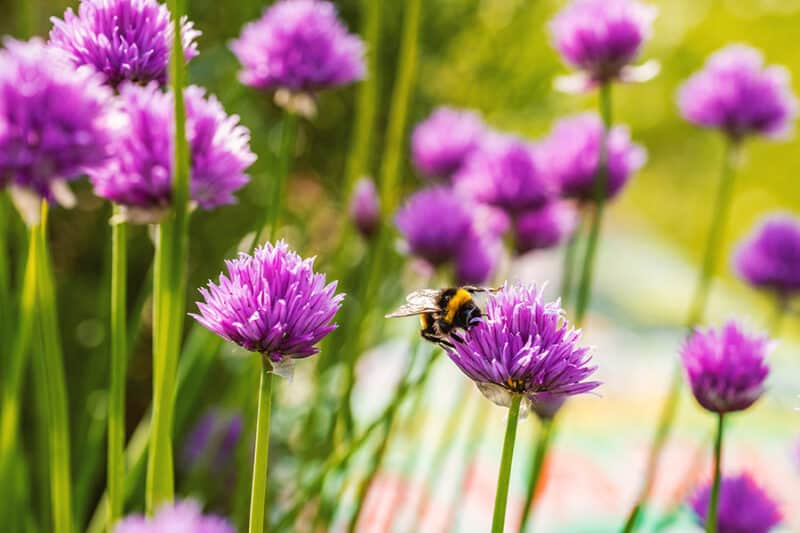
These deliciously garlicky alliums (Allium schoenoprasum) grow prolifically all summer long. Harvest their pink blossoms to add to salads and soups, then cut back their tube-like leaves to chop up for omelets, baked potatoes, and more. Once the first frost hits, cut back the entire plant down to soil level so it doesn’t turn to mush in your herb bed.
Yarrow
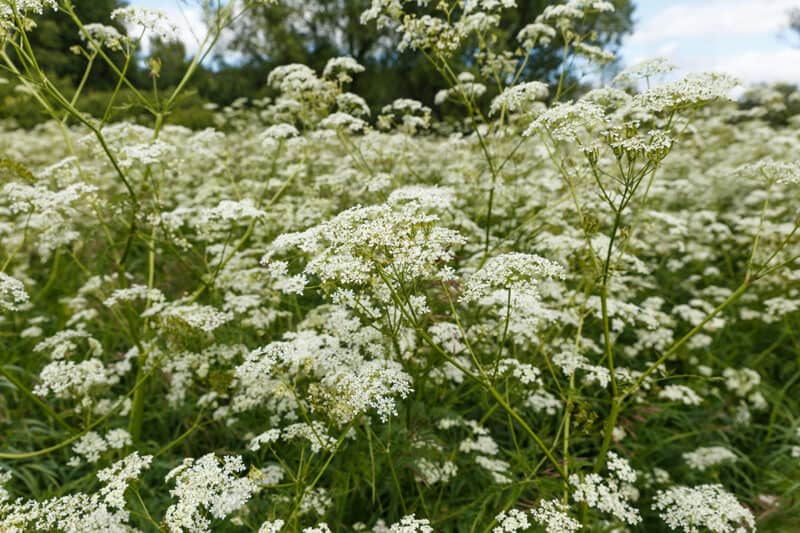
Yarrow (Achillea millefolium) is one of the best healing allies around, but it gets absolutely manky if left in the garden for too long. If there are any stems or flowers left after you’ve harvested your share for the season, cut the entire plant down to soil level.
Compost or burn the trimmings, and leave the rest of the plant alone. This herb is remarkably hardy and will bounce back abundantly the following growing season.
Peonies
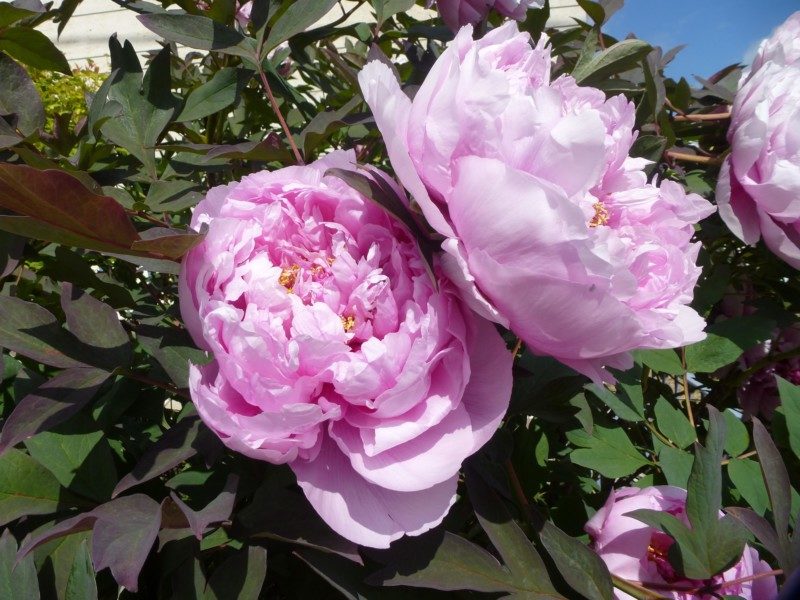
Although many people lump peonies (Paeonia sp.) into the “decorative” category, many herbalists grow various species for their healing properties. They’re prone to going mildewy in cool, damp fall weather, so be sure to tidy them up once you’ve harvested what you need.
Cut yours back a week or so after the foliage starts to go yellow-gold, leaving only a couple of inches above the soil’s surface. Cover the bases with mulch if your winters are harsh, and they’ll leap up in great shape when the weather warms again next spring.
Decorative Plants
Don’t forget to cut back those lovely decorative perennials in your garden. Not only does it make everything look tidier, but you may even get a better display next year.
Hollyhocks
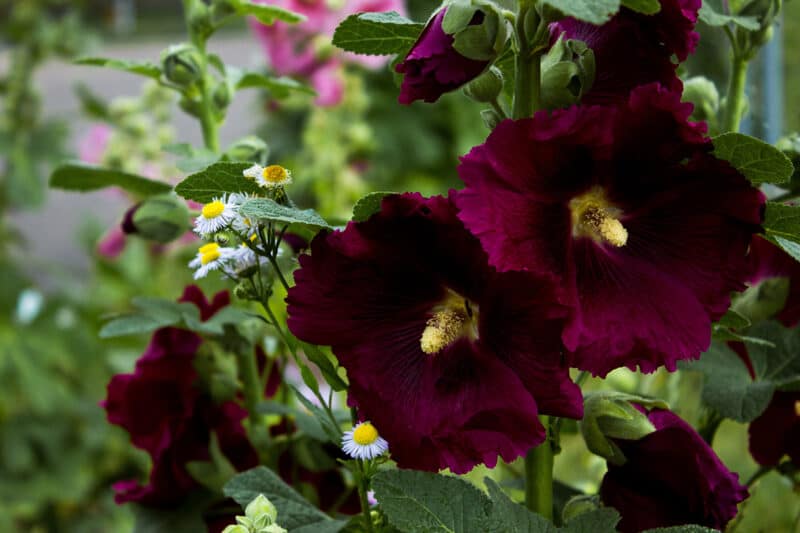
If you grow hollyhocks (Malva alcea) in your garden, you’re probably well aware of how large they get. They can look downright weird after they’ve finished blooming, however, so it’s best to cut them back to ground level. Apply mulch around their bases if you’re in zones 5 of below.
Ground Clematis
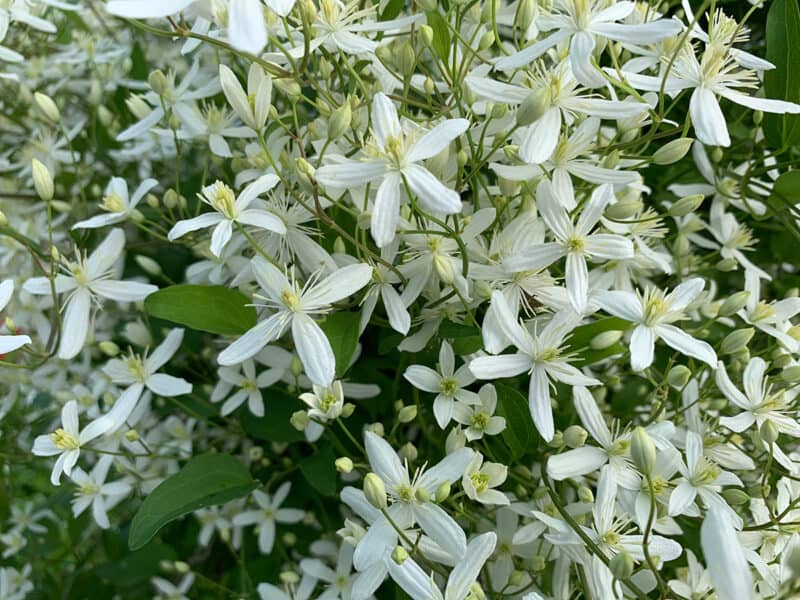
These beautiful flowers (Clematis recta) creep all over the place in summertime, offering great big bursts of color wherever they roam. The downside is that as soon as the cold weather hits, they transform into slimy sludge. Cut them back to soil level as soon as they’ve stopped blooming and compost the cuttings.
Painted Daisies
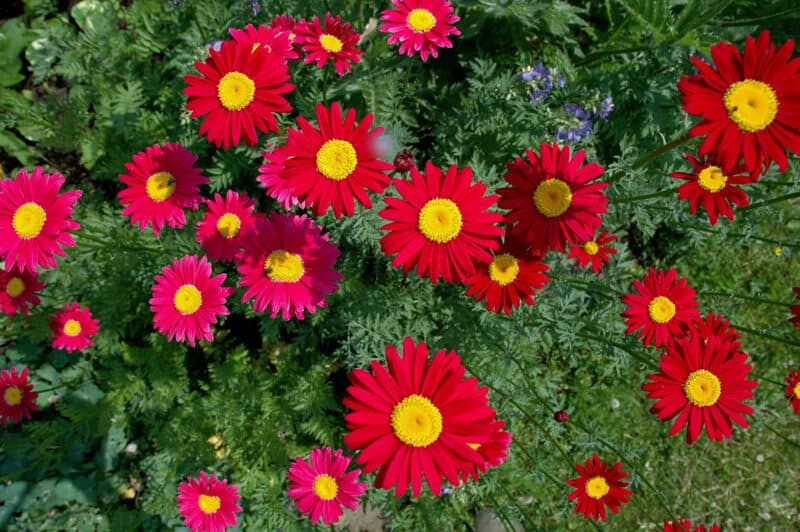
Painted daisies (Tanacetum coccineum) can bring glorious splashes of color to your garden from mid-summer through to late autumn. Once they’ve finished blooming, however, they’ll turn blackish brown and thoroughly unsightly. Prune them down to about 3 inches above soil level and leave them be. They’ll regrow gorgeously next spring.
Bearded Irises
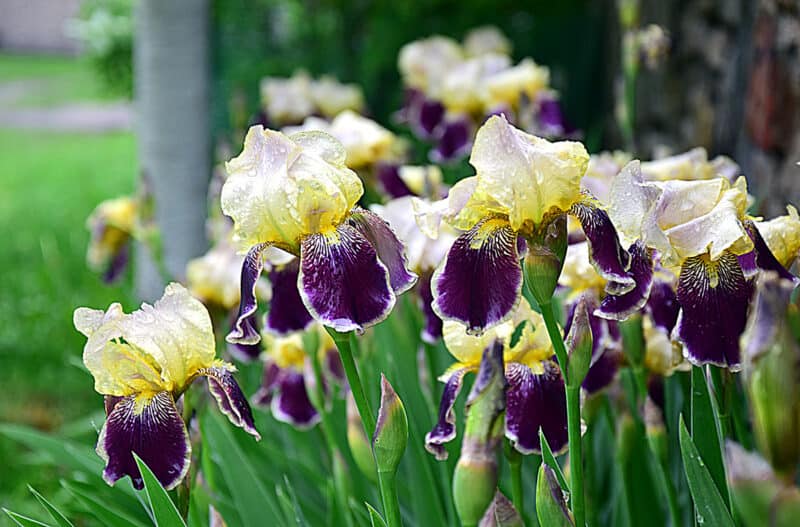
These water-loving irises (Iris germanica) get slimy and dark after they’ve finished their blooming cycle. Furthermore, they’re host to a number of different fungal pathogens and cane-boring insects. Cut them all the way down to root level as soon as their flowers start to wilt, and burn or discard the cuttings.
Notes on How to Cut Back Your Plants in the Fall
Remember to always use clean, sterilized shears or snips to cut back your plants. Additionally, clean them after cutting each species so you don’t risk cross-contaminating plants with any possible pathogens.
One of the easiest ways to do this is to keep some alcohol swab packets in your pockets or apron while you’re working. When you’ve finished cutting back one species, give your tools a quick wipe-down, and then move on to the next. This might seem like an annoying extra step, but it can mean a great deal to the overall health of your plants.
Additionally, remember that not all perennial plants have to be cut back in the fall. Decorative alliums, echinacea, and goldenrod are all valuable seed-bearing species that offer wild food for birds over the colder months. Leave these alone so their seed head can be picked at during the winter. Then cut them back in springtime to allow for new growth to happen.
As a final note, make sure to do your research to determine whether your perennials are best cut back in the spring or fall. Some are sensitive to cold and need to keep their foliage on over the winter months.
